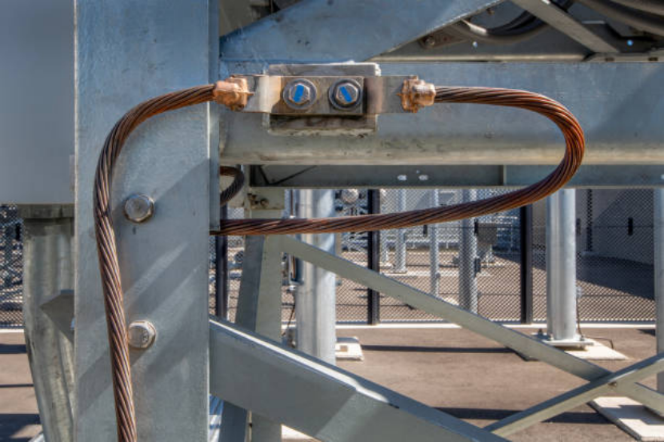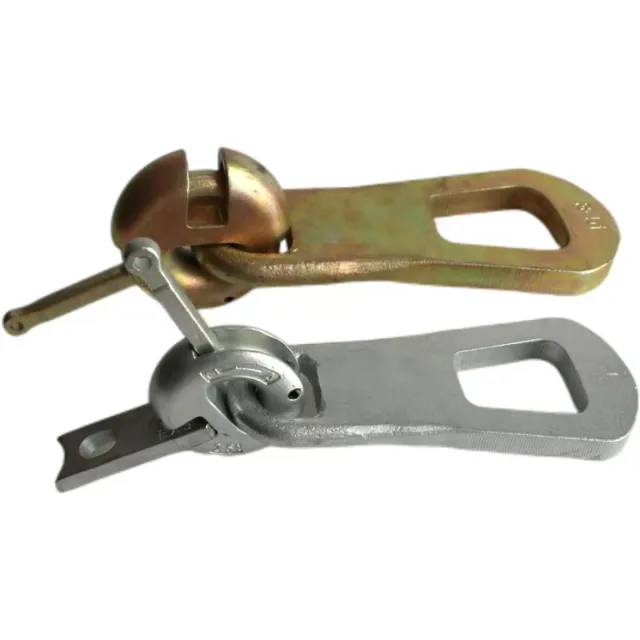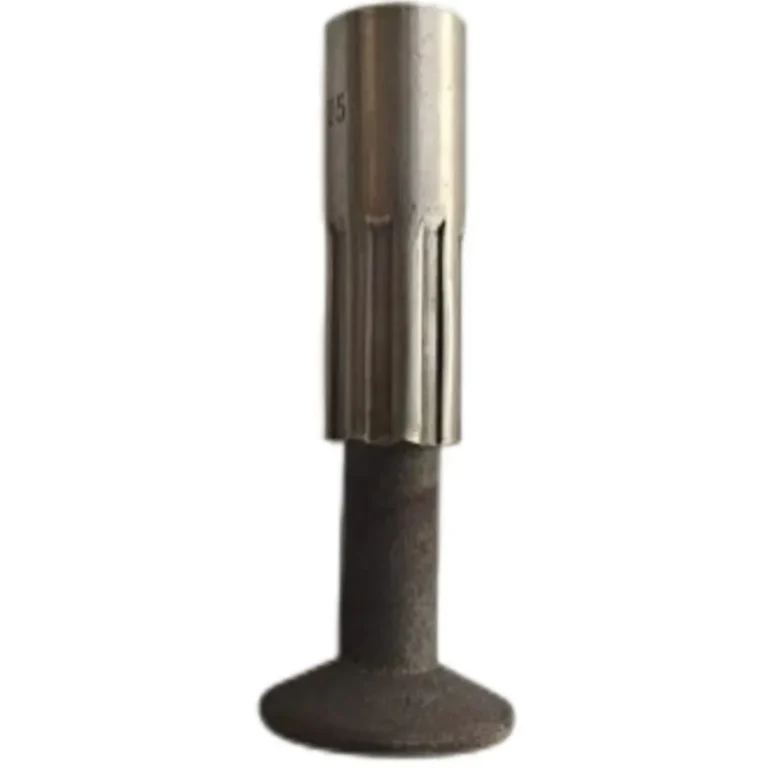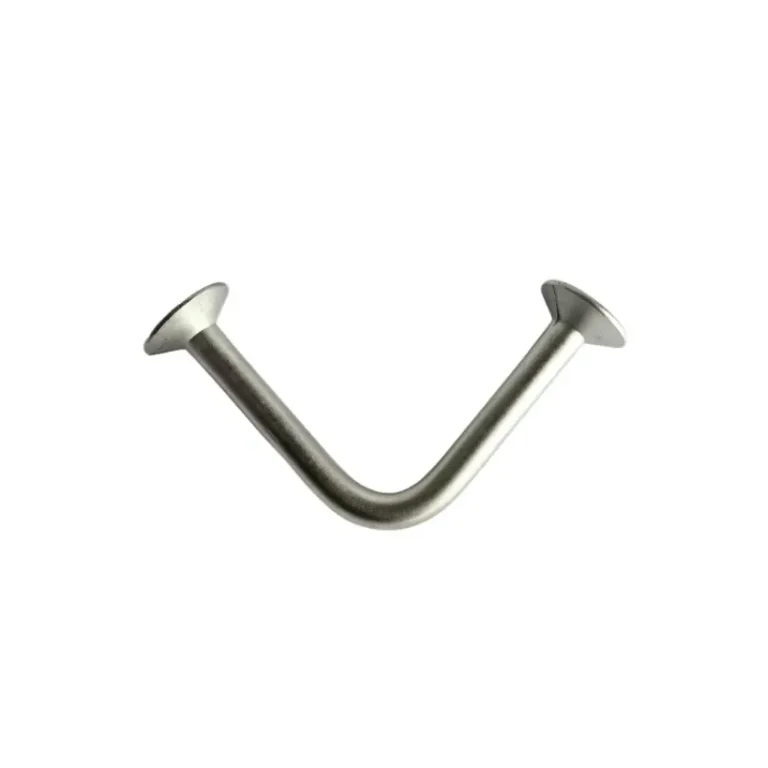
Introduction
Construction sites are busy, noisy, and often unpredictable environments. Every stage of work, from pouring foundations to lifting heavy panels, carries risks. One small error in anchoring or handling can lead to delays, structural issues, or worse, accidents that endanger workers. That’s why engineers and contractors are paying increasing attention to how precast elements are lifted, secured, and connected.
Among the many tools designed to address these challenges, cast in loop connection boxes are gaining attention. They may look like modest steel housings, but they provide an essential link between concrete elements and the overall building frame. This blog explores how these connection boxes work, why they matter, and most importantly, how they improve safety in precast concrete projects.
What Are Cast in Loop Connection Boxes?
At the heart of the system is a steel box embedded in a concrete element during casting. Inside the box sits a high strength steel wire rope loop, carefully bent and held in place with a compression sleeve. When the panel is ready for installation, workers simply pull out the loop, no cutting tools required, just a quick tear off tape release.
Once exposed, the loop provides a robust connection point. Ribbed steel bars or other reinforcement can pass through it, creating a secure link between the precast element and the building frame. This simple but clever design means contractors don’t need to improvise with makeshift anchors, which reduces both uncertainty and risk.
Why Safety Is a Critical Factor in Precast Construction
Safety in construction isn’t just about wearing helmets and vests. It often comes down to how loads are lifted, transferred, and connected. Statistics from global construction reports suggest that lifting and handling accidents account for over 20% of serious injuries on site. The reason is clear: when a precast panel weighing several tons is suspended mid air, the margin for error is razor thin.
Traditional connection systems sometimes involve welding, drilling, or on site reinforcement adjustments. Each additional step introduces variability, and variability increases risk. Cast in loop boxes, on the other hand, simplify the process. Their factory prepared loops remove guesswork and deliver consistent anchoring strength that contractors can rely on.
How Cast in Loop Connection Boxes Improve Safety
1. Reduced Slippage Risk
The flexible steel wire rope loop forms a closed connection point that grips reinforcement securely. Unlike hooks or makeshift steel bars, loops don’t easily slip off under tension. This reduces one of the most common causes of panel mishandling.
2. Consistent Anchoring Strength
Because the loops are embedded in the concrete from the start, they act as part of the structure itself. Contractors don’t need to worry about on site variability or whether the anchor was installed “just right.” The result is predictable load bearing capacity, critical for both safety and structural performance.
3. Faster, Cleaner Installation
On busy construction sites, delays can increase risks. A panel suspended by a crane while workers fumble with tools or reinforcements is a safety hazard. The tear off tape release system of connection boxes allows loops to be deployed instantly, reducing crane time and minimizing the chance of mishaps during lifting.
4. Improved Safety in Thin Panels and Low Strength Concrete
Some precast projects involve thinner wall elements or concrete mixes with lower compressive strength. These can be especially vulnerable to cracking under stress. Connection boxes with anti shear feet provide stability without requiring extra reinforcement, lowering the risk of structural failure.

Practical Example: Precast Wall Installation
Imagine a mid rise residential project using precast wall panels. Each panel weighs about 3 tons and needs to be set into place quickly before the crane moves on. With cast in loop boxes:
Workers pull out the loops as the panels arrive.
Steel bars are threaded through within minutes.
The panels are safely secured without additional on site drilling or welding.
In this scenario, time saved directly translates to safety. Less time under the crane means fewer opportunities for accidents.
Wider Applications in Infrastructure
The benefits of cast in loop boxes extend beyond residential or commercial projects. They play a crucial role in bridge segments, tunnel linings, and heavy precast beams. Infrastructure projects often operate under tight timelines and involve much heavier elements. Here, the reliability of factory prepared loops is not just convenient, it’s critical to maintaining worker safety during high stakes lifting.
About BaoQi
BaoQi is a company with years of experience in producing and exporting forged, cast, and machined components for global markets. Known for combining traditional expertise with modern manufacturing, BaoQi supplies a wide range of steel based solutions for the construction and infrastructure industries. From connection boxes to custom designed parts, the company has built a reputation for durability, reliability, and adaptability.BaoQi also provides customized services tailored to project needs, helping clients solve unique engineering challenges in precast construction.
The Human Factor
It’s easy to focus on specifications and forget the people who actually handle these systems. Many workers prefer tools that are simple, intuitive, and don’t require specialized equipment. That’s another overlooked advantage of connection boxes: they are straightforward. No need for cutting torches, no fiddling with bolts in awkward positions. Just pull, thread, and secure.
When crews feel confident in the tools they’re using, they work more efficiently and with fewer mistakes. Safety, in this sense, isn’t just about steel and concrete, it’s about peace of mind on the jobsite.
Conclusion
Precast concrete is reshaping how we build cities and infrastructure, but it also comes with unique safety challenges. Cast in loop connection boxes provide an elegant answer: strong, flexible, and easy to use connections that reduce risks during lifting and handling. For contractors, they mean faster workflows and fewer accidents. For engineers, they offer confidence in structural reliability. And for workers, they represent one less thing to worry about in an already demanding environment.
BaoQi’s work in this field reflects a broader commitment to combining practical solutions with high quality steel components. In a world where construction projects are getting bigger, faster, and more complex, small innovations like connection boxes make a real difference.
FAQs
1. What is a cast in loop connection box?
It’s a steel housing embedded in concrete during casting, containing a wire rope loop that can be released later to connect precast elements safely.
2. How do cast in loop connection boxes improve safety in precast concrete projects?
They reduce slippage risk, provide predictable anchoring strength, and simplify installation, all of which lower accident risks during lifting and handling.
3. Can these boxes be used in thin concrete panels?
Yes. Many designs include an anti shear foot that stabilizes thin panels or low strength concrete without extra reinforcement.
4. Why are cast in loop systems faster than traditional anchors?
The tear off tape release means loops are ready instantly, cutting down crane time and avoiding tool heavy adjustments on site.
5. Does BaoQi offer customization for connection boxes?
Yes. BaoQi provides tailored solutions for different project requirements, ensuring compatibility with specific concrete designs and load demands.








